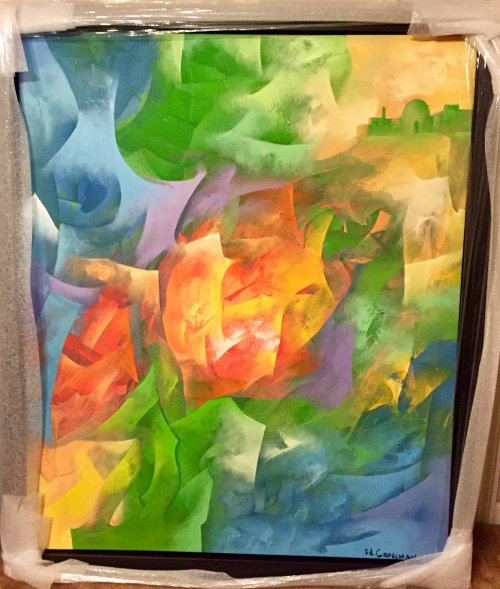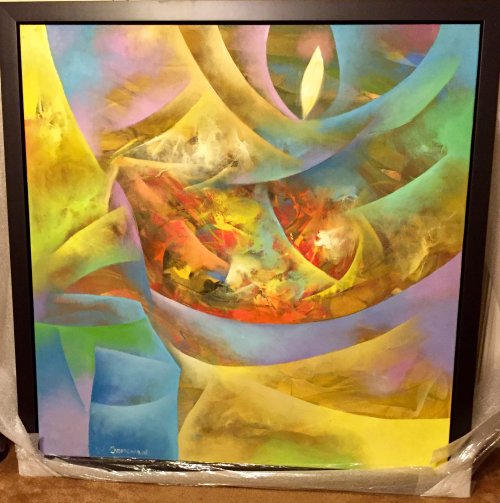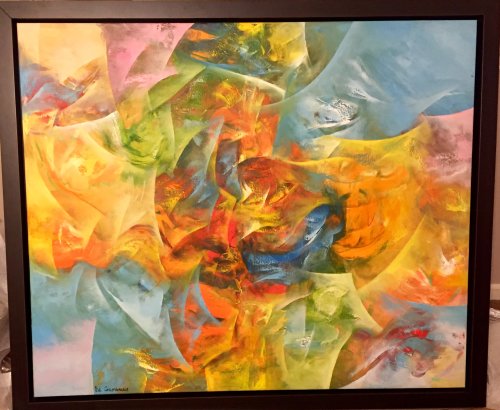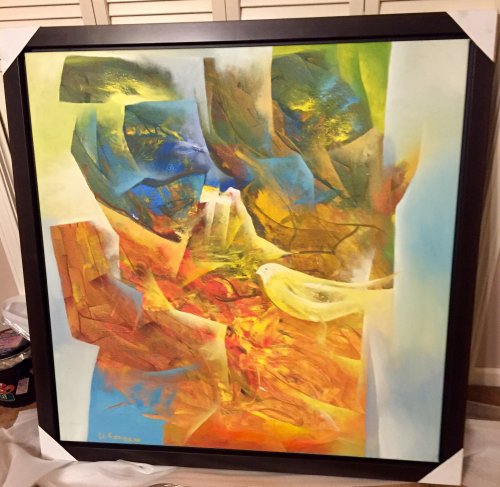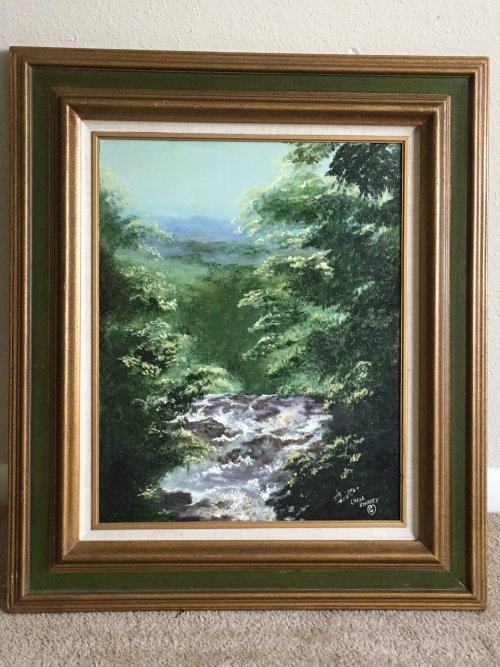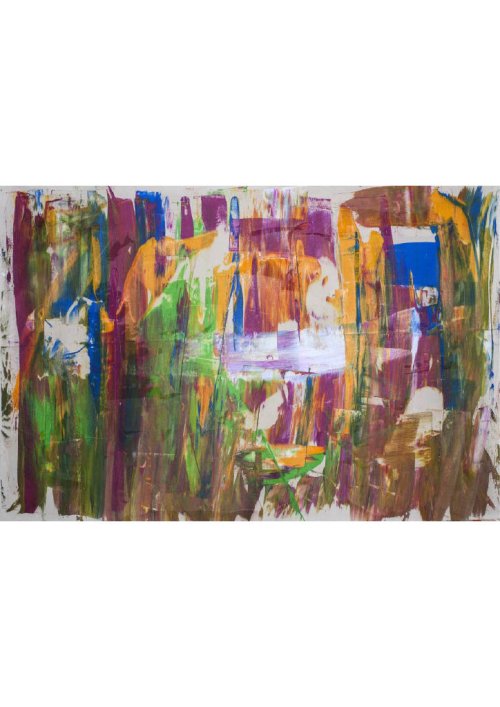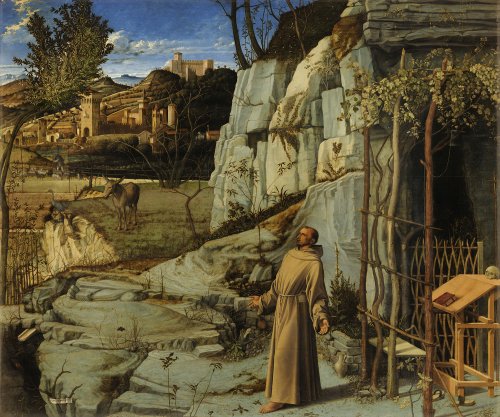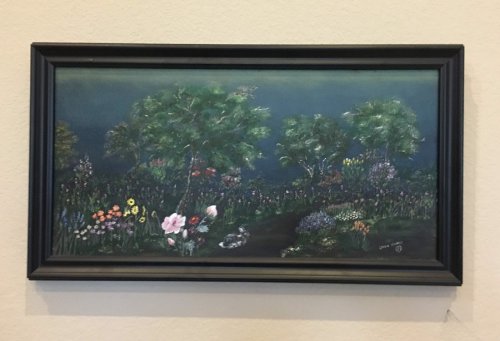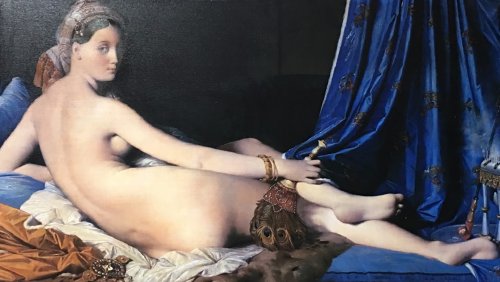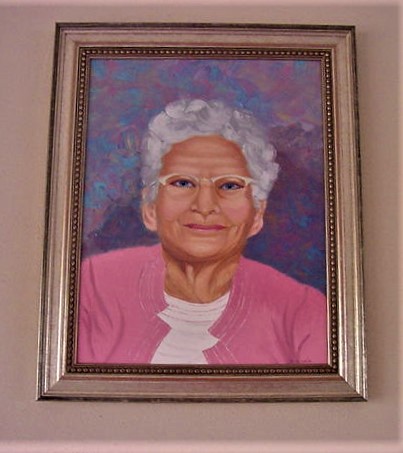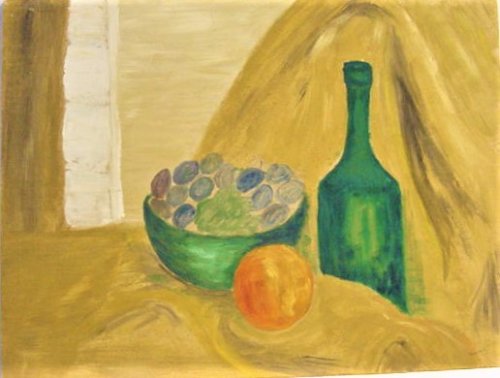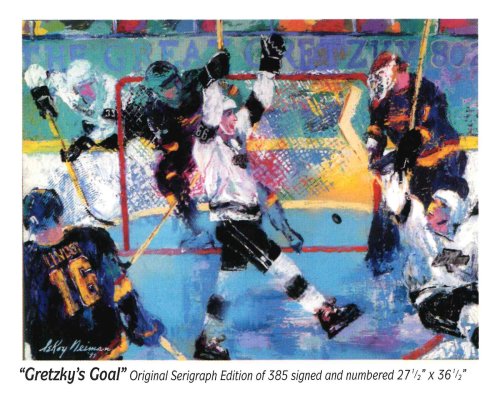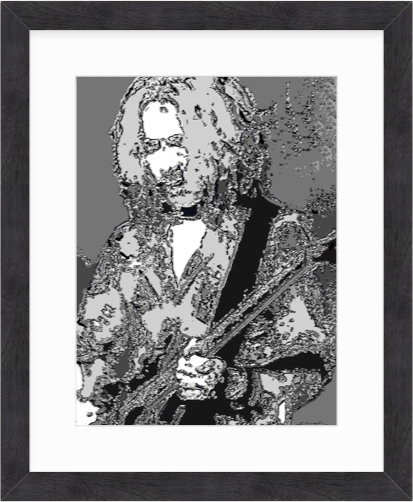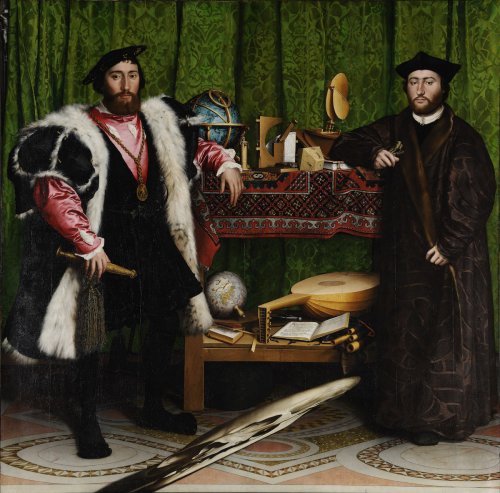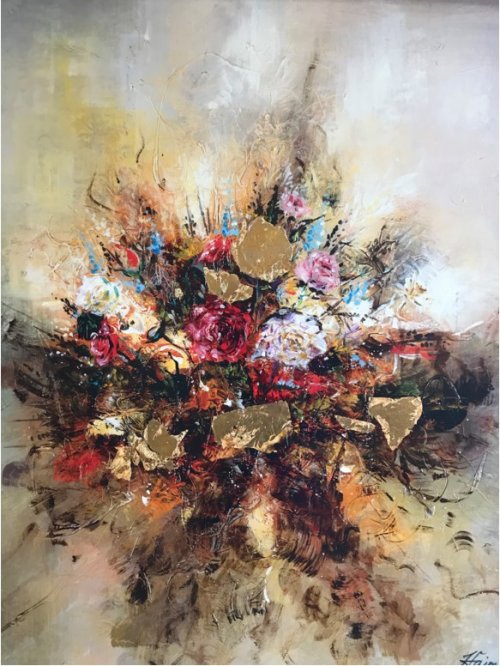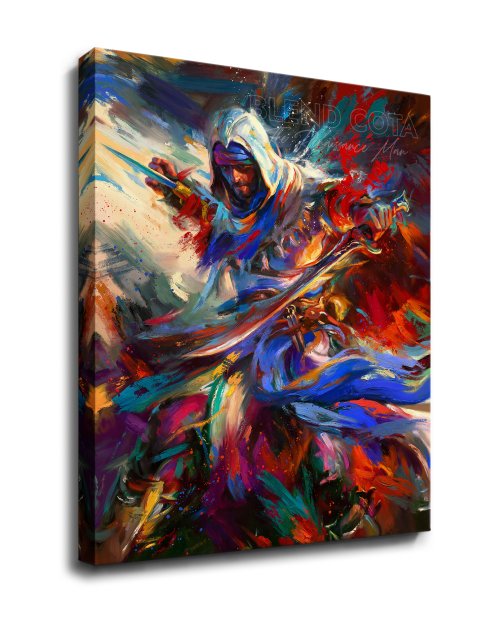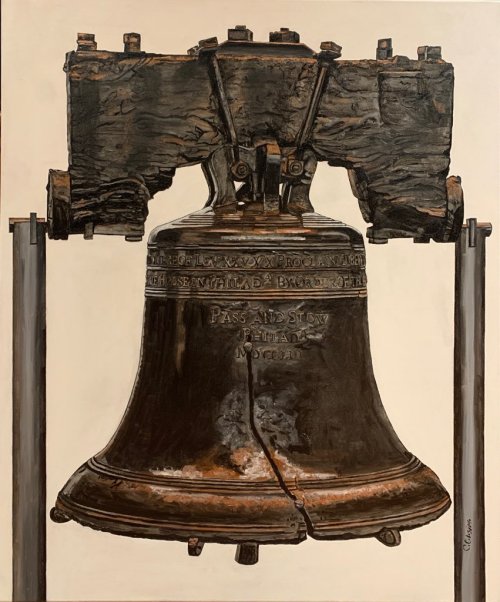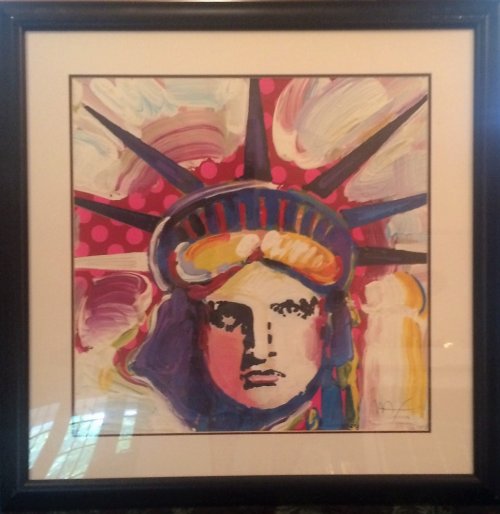-
An interesting take on abstract art. The latter portrays the beauty of the blur and superpostition of exquisite color. This italian artist is ahead of her time by using color and the uncertaintity to portray elemts of our everyday life.
-
An original 20″ x 16″ (50.8 x 40.64 cm) oil painting on canvas painted using photographs taken by my daughter while visiting in-laws.Painted in 2010, this painting has been museum sealed and copyrighted for authenticity. It is framed and backed with paper, ready-to-hang with appropriate hardware.
-
An interesting take on abstract art. The latter portrays the beauty of the blur and superpostition of exquisite color. This italian artist is ahead of her time by using color and the uncertaintity to portray elemts of our everyday life.
-
St. Francis in Ecstasy (or St. Francis in the Desert) is a painting by Italian Renaissance master Giovanni Bellini, started in 1475 and completed around 1480. Bellini depicted the religious figure of St. Francis of Assisi in a landscape. The painting portrays Francis of Assisi, the Italian saint of the early 13th century, in an Italian landscape, stepping out in the sun from his cave, his figure anchoring the creamy celadon and golden-green landscape.
Bellini became sophisticated in his painting skill in the fifteenth century, the culmination of which is Saint Francis In Ecstasy. The moment is depicted in the painting is Saint Francis’s stigmatization on the mountain of La Verna. Bellini envisioned the stigmatization as a moment of human transformation into the divine.[7] The sun’s rays shine on St. Francis, symbolizing him as a Seraph-Crucifix in front of the sun, which indicates the suffering image of the Seraphim.
-
An original 11″ x 14″ (27.94 x 35.56 cm) oil painting on canvas, an imaginary scene.Painted in 2011, this painting has been museum sealed and copyrighted for authenticity. It is framed and backed with paper, ready-to-hang with appropriate hardware.
-
An original 12” x 24" (30.48 x 60.96 x 1.91 cm) oil painting on canvas.Painted in 2010, the painting has been museum sealed and copyrighted for authenticity. It is framed and backed with paper, ready-to-hang with appropriate hardware.
-
18" x 32" Giclée Artist: Jean Auguste Dominique Ingres Year: 1814 Medium: Oil on canvas Dimensions: 88.9 cm × 162.56 cm (35 in × 64 in) Location: Louvre, Paris
-
Viola was born in 1911 and died in 2000. She was a teacher in country and public schools. Her first love was always art. She enjoyed teaching others the different types of art drawing and oil painting. This Amazing 24x18 canvas is in wonderful condition.
-
A 20" x 24″ (50.8 x 60.96 cm) original oil painting on canvas.Painted in 2012, this painting has been museum sealed and copyrighted for authenticity. It is framed and backed with paper, ready-to-hang with appropriate hardware.
-
This digital art is what modernism entail. With such detail and beauty, it is definitely a piece to look out for. The appreciation for art and technology is transpired in each digital stroke of the art
-
This digital art is what modernism entail. With such detail and beauty, it is definitely a piece to look out for. The appreciation for art and technology is transpired in each digital stroke of the art
-
The Ambassadors is an oil on canvas painting of 1533 by Hans Holbein the Younger. Also known as Jean de Dinteville and Georges de Selve, it was created in the Tudor period, in the same year Elizabeth I was born. Speculations would suggest that Elizabeth’s mother, Anne Boleyn, then Queen of England, might have commissioned the painting as a gift for ambassador Jean de Dinteville, who is portrayed on the left in the painting. As well as being a double portrait, the artwork contains a still life of several meticulously rendered objects, the meaning of which is the cause of much debate. It incorporates a much-cited example of anamorphisms in painting. This painting displays the influence Early Netherlandish painting had on Holbein.
The most notable and famous of Holbein’s symbols in his work is the distorted skull placed in the bottom center of the composition. The skull, rendered in anamorphic perspective, another invention of the Early Renaissance, is meant to be a visual puzzle as the viewer must approach the painting from high on the right side or low on the left side to see the form as an accurate rendering of a human skull.
The Ambassadors has rested in London’s National Gallery collection since its purchase in 1890.


